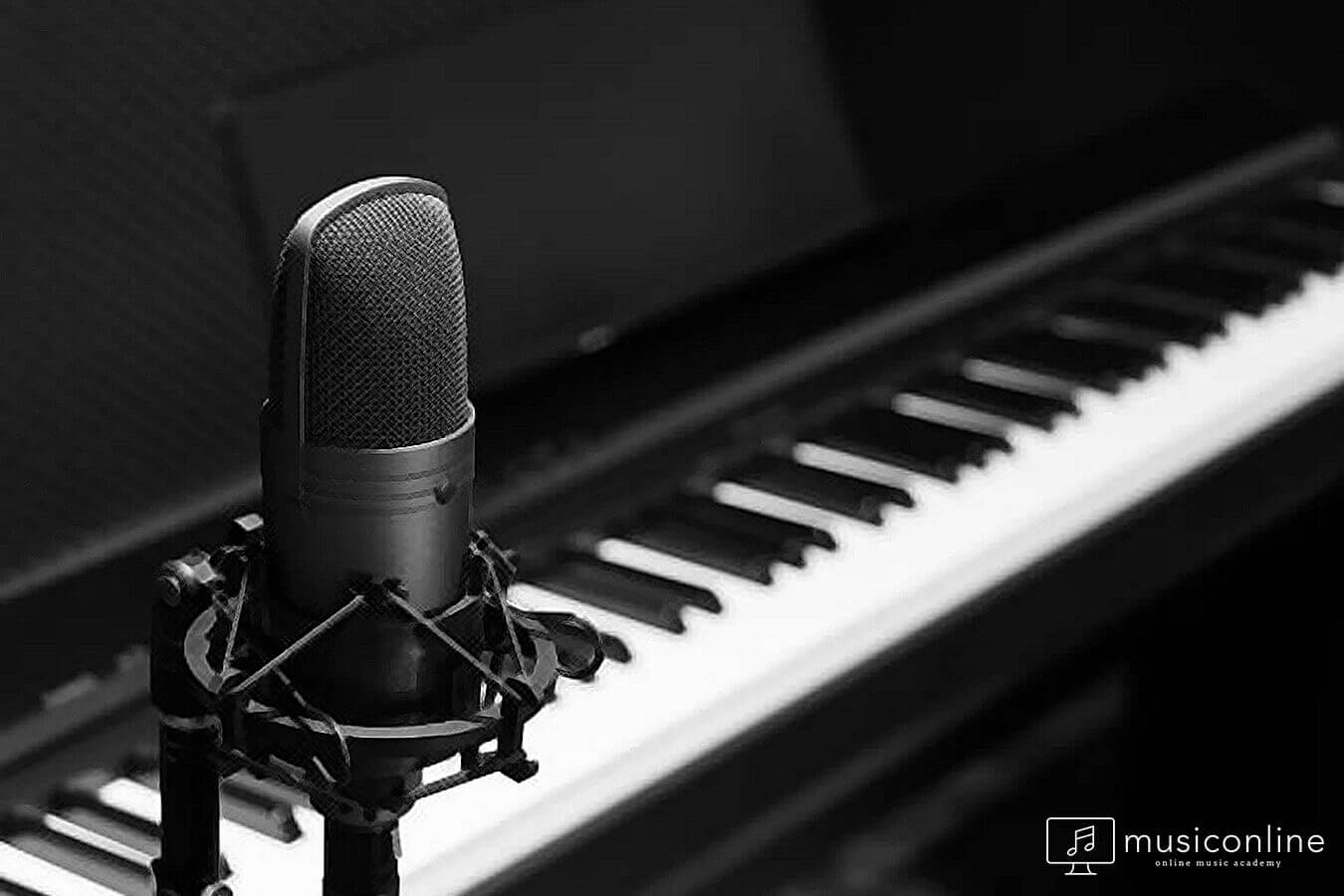musiconline blog
news about us & everything about music on our blog!
Music in The Baroque Period
The Baroque Period, a raw pearl of the palace, a powerful period that danced with harmony in the ears of the nobles, led to lasting changes in the music world, showing its effect until the middle of the 18th century with its flamboyant and fancy atmosphere.
We mentioned the musical eras in our previous articles. As musiconline, we talked about the Baroque Period which has an important place in the history of Classical Western Music.
The Baroque Period covers a period of about 150 years, starting with the Dafne Opera, the first opera attempt in the 1600s, until the death of Johann Sebastian Bach in 1750. The term Baroque is based on the term ‘barroco’, which means the Shapeless Pearl. Although this term is often used in a negative sense, it has the best description of Baroque Music.
Jean Jacques Rousseau: "Baroque music is a music whose harmony is not overtly full of incompatible tonalities and difficult to perform." He made an explanatory comment about the music understanding of this period.
The Baroque Period was an era that generally addressed the nobility. The glory and gaudy of the period was reflected in the music. Period music has an intense structure. Contradictions, mutual conflicts between instrument groups and the use of sound heights are some of the main features of the period.
Although the senses of simplicity, purity and cleanliness were conveyed with a soft air during the Renaissance Period, the collision of different emotions in the Baroque Period made the music of the period more interesting.
The Baroque Period, where we met with the concept of contrast in music, is a dance floor and a battlefield where the instruments almost form a fierce opposition to each other.
The technique used during the Baroque period also started the era of concertos. In order to strengthen the musical expression, the volume level had been used in the Baroque Period. In the works, the beginning and the last parts were more important than the middle parts.
Technical Characteristics of the Baroque Music
In the Baroque Period, if a section is forte (strong), it is forte till the end. If it is piano (light), the piano continues until the end. The name of the style which does not go beyond this dynamic is called -terrace dynamics.- In addition, instrument music, especially the violin, started to rise in this period. Music such as sonata and concerto, which has no human voice, had started to be produced.
In the Baroque Period, where opera was at the forefront, there were two important singing styles that were divided into recitative and aria. Recitation is a kind of sung, while aria has effective melodies.
Sonatas were divided into two as ‘camera and chiesa.’ Chiesa (church sonata) is more heavily textured. The Camera consists of a group of stylized dances.
Featured Artists in the Baroque Period
Claudio Monteverdi, who developed opera and instrument music, became a talent that started Baroque music. Italian composer and violin virtuoso, Arcangelo Corelli is known as the founder of the violin playing technique. Italian composer and violin virtuoso Antonio Vivaldi was the pioneer of concerto style. German composer Johann Sebastian Bach was named after the masterful combination of old polyphonic music. One of the other most important composers of the Baroque Period, German composer George Frideric Handel, who wrote music with dramatic elements such as opera and oratorio, was one of the most important composers of the Baroque period with Bach.
Although the Baroque Period in music is remembered in a negative way, we know that many techniques that we use today were created during the Baroque Period. If we still encounter intense emotions in every Baroque Period work we listen to, this is due to the fact that a 150 years period of music has a legendary place in the history of art.


